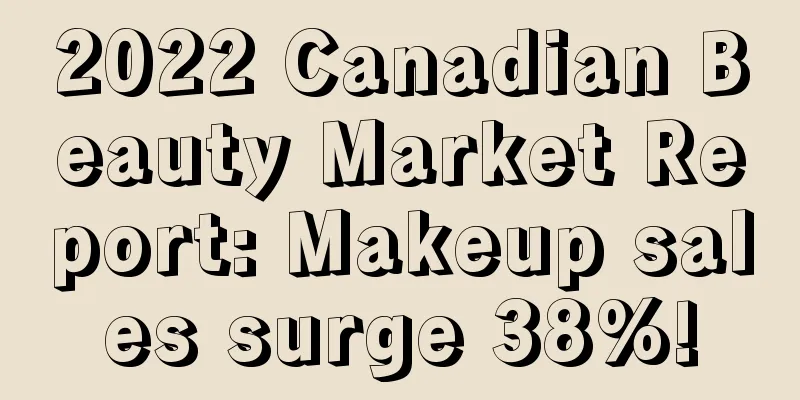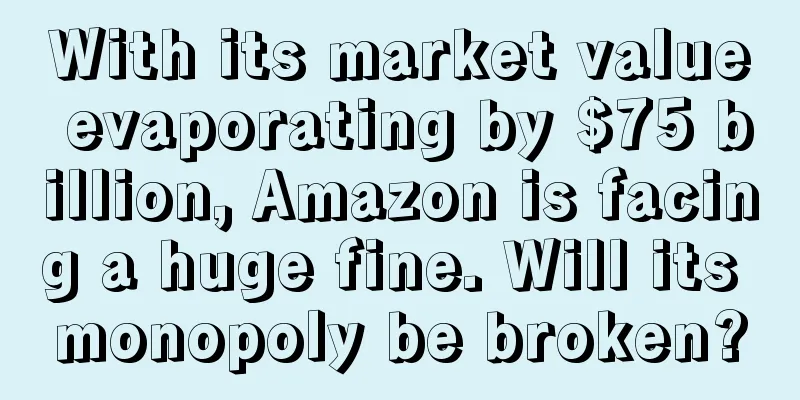Pessimism among American consumers is spreading! Where are the growth opportunities for cross-border sellers?

|
Currently, inflation in the United States has reached its highest level in decades, and consumer confidence is facing unprecedented challenges. However, McKinsey's latest consumer pulse research shows that the US consumer market still has growth opportunities amid the generally pessimistic situation.
McKinsey's latest research comes from a survey conducted in July 2022, which collected feedback from more than 4,000 American adults and revealed changes in American consumer sentiment and behavior during a period of high uncertainty. The survey said that although consumer confidence overall fell to a new low, savings were high. There were also subtle differences in consumption among different age groups, income levels and categories.
Consumption generally downgraded Americans have money but dare not spend it
The survey shows that despite the volatility in the market, most American consumers still have a lot of savings to use. During the epidemic, people reduced their spending on travel and other aspects, and their savings levels generally increased. However, the savings of low-income households decreased slightly.
However, as inflation rises, American consumers are increasingly pessimistic about the economic outlook. 30% of respondents said they felt pessimistic and that we may be heading for one of the worst recessions we have ever seen. Rising prices are people's biggest concern, with nearly two-thirds saying inflation is their top concern, far surpassing other economic, political and personal issues including the epidemic.
As prices rise sharply, people are changing the way they spend. 74% of survey respondents said they are shopping less, with half of them reporting a significant drop in spending.
Those who reduced their consumption either adjusted the quantity or package size they purchased (60%) or decided to delay a purchase (44%). Especially in the areas of footwear, groceries, home improvement and apparel, more low-income consumers said they postponed purchases than higher-income consumers. Saving money became the top priority.
Prices are rising sharply These are the people who are most willing to spend money
Amid a general rise in prices, there are subtle differences in the consumption views of consumer groups of different age groups, and the degree of concern about rising prices increases with age.
Among baby boomers, 75% said rising prices were their biggest concern, while 71% of Gen Xers said the same.
Among younger groups, 55% of millennials and only 44% of Generation Z said inflation was their biggest source of stress. For Generation Z, personal and political topics ranked top of their list of concerns, along with inflation.
Income levels are also a factor. With the exception of Generation Z, high-income consumers of all ages say their spending will continue to grow, regardless of whether they buy necessities or discretionary items. Millennials are particularly optimistic, with high-income millennials saying they plan to spend in almost all categories, whether necessities or discretionary items.
On the other hand, low- and middle-income people of all ages will reduce spending on non-essential items.
Necessities Rise Other categories have these changes
The survey found that there is a deviation between American consumers' perception of prices and reality.
Take consumer electronics, skin care and cosmetics, toys and baby products as examples. About 30% of respondents believe that prices in at least one of these categories have increased significantly, but the actual inflation rate in these categories is less than 2%.
In other categories, the opposite was true. For example, only 25% of respondents thought that prices for home and garden supplies had risen a lot, but actual inflation was over 11%.
As overall consumer spending drops, consumers are expected to spend more on necessities and some are dipping into their savings. Spending has fallen in some categories, but Americans are still far more willing to spend than they were in the months before the pandemic.
Some categories that saw sales increases during the pandemic are beginning to slow, but others are still experiencing double-digit growth. Cosmetics sales increased 16%, and pet supplies sales increased 11%. Categories that showed recovery in 2021, such as retail apparel and restaurants, have remained fairly stable this year.
Editor✎ Ashley/ Disclaimer: This article is copyrighted and may not be reproduced without permission. |
<<: Lowe's releases new quarterly financial report! Both revenue and profit declined!
>>: The "Internet celebrity economy" is rising rapidly! Walmart has also begun to layout this track!
Recommend
Will the policy changes after Amazon’s video region reform affect sellers?
In the fast-paced world of e-commerce, Amazon cont...
What will happen to the $300 billion tariffs? China and the United States will negotiate again tomorrow!
After Trump restarted the trade friction in May, ...
Amazon e-commerce tycoon shares his experience, why not save it?
Editor's Note In the near future, we will laun...
22% of people give up on purchases due to payment methods! Analysis of the characteristics of online food and grocery shopping in the United States!
<span data-shimo-docs="[[20,"获悉,根据PayPal对1...
Second business opportunities during the epidemic: from losses to earning millions of dollars a year | Sellers say
Today, the cross-border e-commerce seller friend i...
What is Work with Amazon Alexa? Work with Amazon Alexa Review
Work with Amazon Alexa is a certification program ...
ThredUp invests $70 million to build its largest warehouse yet, with storage capacity of up to 10 million items!
<span data-shimo-docs="[[20,"ThredUp 向新配送中...
What is AMZBase? AMZBase Review
AMZBase is a free and useful tool that helps you s...
What is NinjaTok? NinjaTok Review
NinjaTok is a Tiktok automatic marketing robot, wh...
What is Viral Launch? Viral Launch Review
Viral Launch offers a suite of Amazon product deve...
What is Exact Match? Exact Match Review
Exact mATCh , or "precise match", is a k...
What is Shopee's Bargaining Function? Shopee Bargaining Function Review
Shopee allows buyers and sellers to negotiate pric...
US holiday sales may be sluggish! Walmart cuts peak season hiring!
<span data-docs-delta="[[20,"获悉,据外媒路透社报道,在...
What is OLX? OLX Review
Founded in 2006, OLX is a global online marketplac...
What is Google Ads (Google AdWords)? Google Ads (Google AdWords) Review
Google Ads (Google AdWords) is a paid online promo...









